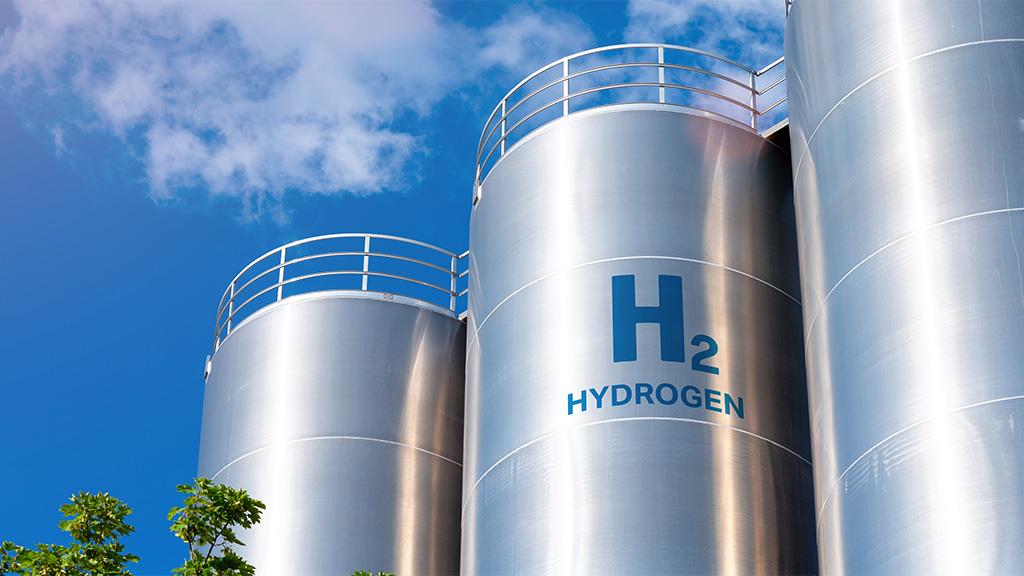ST. JOHN’S, N.L. — A Newfoundland energy company’s embrace of data centres is raising doubts about eastern Canadian hopes of harnessing the region’s howling winds to supply Germany with power from green hydrogen.
Chemical engineer Paul Martin said the notion that “rich Germans” will pay for hydrogen energy made from Atlantic Canadian wind farms and shipped overseas as ammonia is “not reasonable.”
Martin, a Toronto-based consultant, is co-founder of the Hydrogen Science Coalition, a group of international academics and scientists “working to bring an evidence-based viewpoint” to global hydrogen energy discussions, according to its website.
“It’s not economic, and it’s extremely unlikely to happen,” Martin said in a recent interview. “It’s the age-old East Coast ºÚÁϳԹÏÍø dream of making something of value that you can sell to people outside the country for money.”
A race to establish ºÚÁϳԹÏÍø’s first commercial green hydrogen operation is playing out in Atlantic ºÚÁϳԹÏÍø, where several projects have been pitched in Nova Scotia and in Newfoundland and Labrador. World Energy GH2, led by seafood mogul John Risley, is near the head of the pack. Its multi-billion-dollar Project Nujio’qonik includes plans for a hydrogen and ammonia plant in Stephenville, N.L., that would be powered by several sprawling onshore wind farms.
Risley was on hand when German Chancellor Olaf Scholz flew to Stephenville in 2022 to meet with Canadian officials, including Prime Minister Justin Trudeau. The governments signed an agreement to develop a green hydrogen “corridor” across the Atlantic, with a goal of first shipments arriving next year.
That timeline no longer seems possible. World Energy GH2 recently announced that it was taking longer than expected to set up a European market, and it was considering setting up a data centre to use its green energy in the meantime.
Martin doesn’t believe such a market will ever exist. Energy is lost at each step of the process to convert wind energy to hydrogen, and then to ammonia, and then back to hydrogen energy once it has arrived in Europe, he said. And each step of that process adds cost.
“When you look at it from the point of view of dollars per kilowatt hour, or dollars per megajoule of energy, sense doesn’t come into it,” he said.
Martin added that he has concerns about public money funding large portions of these projects, pointing to the recently announced federal tax credit for clean hydrogen initiatives that covers up to 40 per cent of costs.
Nick Mercer, who grew up in Newfoundland and is an assistant professor of environmental studies at the University of Prince Edward Island, agrees. He said using Newfoundland and Labrador’s powerful winds for a green hydrogen industry seems like a panacea for an oil-dependent province of about 530,000 people. But the dreams don’t account for the massive infrastructure and capital investments needed to make it work, he said.
“Right now, what we’re seeing is reality is catching up to the hype of green hydrogen in Newfoundland and Labrador,” he said.
Dale Beugin, executive vice-president of the Canadian Climate Institute, agrees there are serious cost and efficiency problems in the plan to sell green hydrogen produced in Atlantic ºÚÁϳԹÏÍø to Europe. The Ottawa-based think tank published a paper last year analyzing the economics of various Canadian clean-fuel projects, and it found few scenarios in which Atlantic Canadian-produced green ammonia could be sold overseas at a profit, he said.
Those profit-making scenarios were highly optimistic and required “everything to go right,” Buegin said in an interview.Â
Those doubts aren’t plaguing EverWind Fuels, a company planning wind-to-hydrogen operations in Newfoundland and Nova Scotia. Spokesperson Rudee Gaudet said the company is “making progress” finalizing binding commercial agreements with European buyers.
As an example of market possibilities in Europe, Gaudet pointed to an agreement signed in June that will see North American company Air Products supply Europe’s TotalEnergies with about 64,000 tonnes of green hydrogen per year, beginning in 2030.
“Building a robust green energy supply chain takes time, given the need to align production, infrastructure, and regulatory frameworks across regions,” Gaudet said.Â
If the European market falls through, Beugin and Martin suggested there may be other uses for wind energy and green ammonia produced in Atlantic ºÚÁϳԹÏÍø, perhaps to replace the ammonia made with fossil fuels used in fertilizer. Martin wondered if green hydrogen could replace coal on Nova Scotia’s power grid.
The Newfoundland and Labrador government is reviewing at least three other proposals for wind-to-hydrogen projects. It is scheduled to make a decision about one, led by the Exploits Valley Renewable Energy Corporation, on Dec. 6.
World Energy GH2 is expected to make a final investment decision for its Project Nujio’qonik in the latter half of 2025. The company did not provide a comment for this story.
©2024 The Canadian Press



Recent Comments
comments for this post are closed